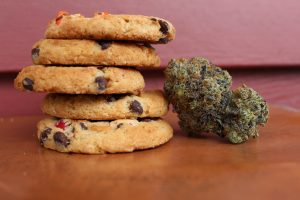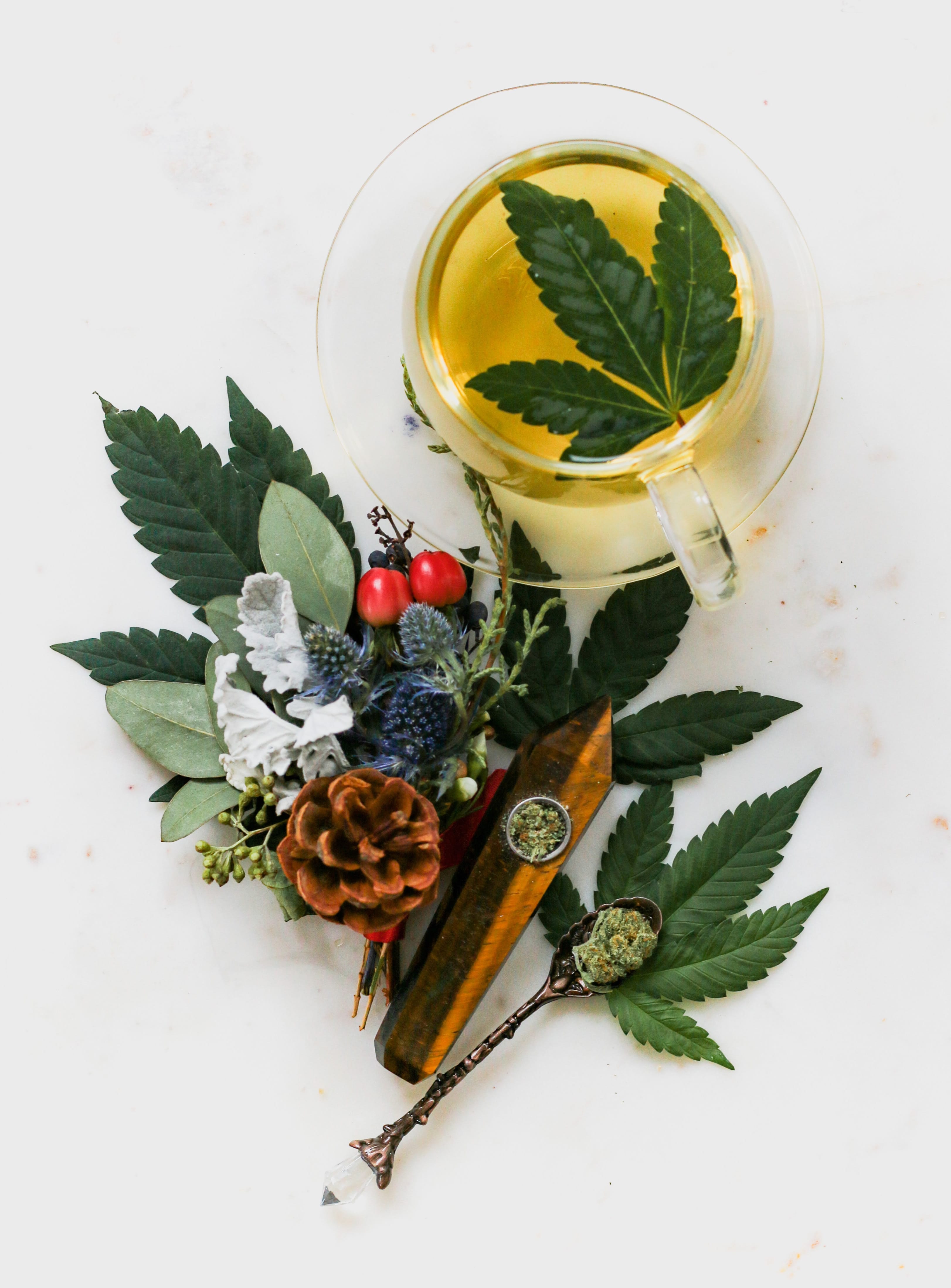If you’re looking for ways to reduce the potential damage to your lungs while enjoying cannabis, here are five healthier substitutions for the standard joint hit or bong rip you may want to consider.
Dispensaries sitting cozy on every third street corner, billboards greeting passers-by, newer, sleeker pot products lining store walls, and a mass of new faces openly consuming as they stroll out to brunch: The something-for-everyone culture that grows around cannabis makes it a boom in every area that legalization touches.
Want to relax? There’s a strain for that. Don’t want to smoke? We’ve got you, bud. Love the effects, but hate the taste? Here’s a cookie, friend. Cannabis consumers and entrepreneurs are an imaginative bunch, and have worked wonders making the plant’s attributes applicable to everyone from the archetypal cannabis consumer to your grandmother.
But, while Spicoli may not have given two bags of dirt weed about how his method of consumption affected his health, everyone from your grandma down might do better to be aware of the alternatives before lighting up.
If you’re looking for ways to reduce the potential damage to your lungs while enjoying cannabis, here are five healthier substitutions for the standard joint hit or bong rip you may want to consider.
1. Vape it
As far as we’re concerned, the window for being wowed by vape technology hasn’t closed yet. Vapourizing the flower isn’t the same as smoking it; you’re heating the plant rather than burning it, hence the lower risk of charred lungs down the line. Most vapourizers allow consumers to choose what temperature they cook their bud to, which allows different combinations of terpenes and cannabinoids (the things that give a cannabis plant its flavour profile and effects) to be released through vapour rather than throat-searing smoke.
That is to say that a lower heat setting may release the sweeter notes and lighter effects of a plant, while a higher setting may lend more of that “diesel” taste and hit harder overall. Vapourizers can also combust oils and waxes from the cannabis plant, though concentrates tend to bear the strongest effects.
Still, as research hasn’t yet caught up to the vape world, consuming cannabis via vapour isn’t entirely risk-free.
2. Eat an edible

Where joints and vapes may fail your personal litmus test, edibles should do the trick for everyone but the staunchest pot opponents. Available in gluten-free, vegan, sugar-free, and even kosher formats – if you can eat, edibles may be your answer to the cannabis question. Where smoking and, to an extent, vaping aren’t absolute booms for human health, edibles offer a much lighter entry point for cannabis consumers.
They’re also an opportunity to get creative if you’re making your own. Typically made with canna-butter, the process of making edibles is as fun as it is rewarding, as countless cannabis chefs have proven. You can also find plenty of delicious edibles at Toronto cannabis dispensary.
It’s worth noting that because weed is metabolized differently through the digestive tract rather than through the lungs, those chowing down on a cookie can expect a longer-lasting high than they would with inhaled cannabis. For that reason, it’s important to measure your dosage correctly and allow your first dose up to two hours before reaching for another.
3. Use oils/extracts
The raw elements responsible for pot’s medicinal and recreational effects are captured and perfectly preserved in cannabis oils and extracts. While different extraction methods can yield different effects (methods that use solvents may dilute the plant, for instance), oils are mostly well-received by the human body, lest you’re one of those poor souls with an allergy to cannabis. Unlike other methods, they don’t require any faffing about with vapourizer knobs, oven settings, or lighters to achieve the desired effect.
Materially, they’re the simplest means of consuming as well. The most common mode of consumption is sublingual: placing the oil under the tongue so that it can seep into the blood vessels beneath it; one of the fastest ways to the bloodstream, short of injection of course.
[Editor’s note: Seriously. DON’T inject cannabis. Legal Reader disclaims any liability for harm caused if you’re foolish enough to ignore the warning.]
4. Put it in coffee, tea or juice
Much like the edibles, throwing the above cannabis oil into your beverage of choice is a method available to most everyone with a mouth. If cannabis oil/extract on its own just doesn’t feel exciting or new age enough, adding a measured amount of your cannabis liquid to your non-cannabis liquid is a single-step process that turns any drink into a drink. Most of the rules applied to a weed edible follow here, with the excepted caution against consuming cannabis and alcohol liberally in the same session – they don’t always compliment one another.
With the advent of the smoothie, this may be the single healthiest way to consume the cannabis plant. Toss your preferred mix of apricots/kale/cranberries/more kale into a blender, top with oil, and enjoy.
Oh, and bonus points if you throw in a mango.
5. Rub it in with topicals
While some companies offer cannabis topicals with questionable science to back them up (re: weed-based acne creams and the like), consumers with chronic pain know better than anyone the benefits of cannabis-derived balms, salves, and creams. Generally higher in CBD than other cannabinoids, topicals allow cannabinoids to interact with targeted areas in the body through contact with the skin. They’re mostly used by people looking to treat a spot-specific condition rather than achieving a full-body high, and are by far the least invasive consumption method as they don’t need to be inhaled, eaten or drank to take effect.
The “high” felt from topicals is usually minuscule or non-existent given the prominence of CBD-heavy products, so it may be a better choice for those who want a clear head after consuming.
The science is still young on this one, but many users have attested to relief from pain and varying types of inflammation after smoothing it in.


Join the conversation!